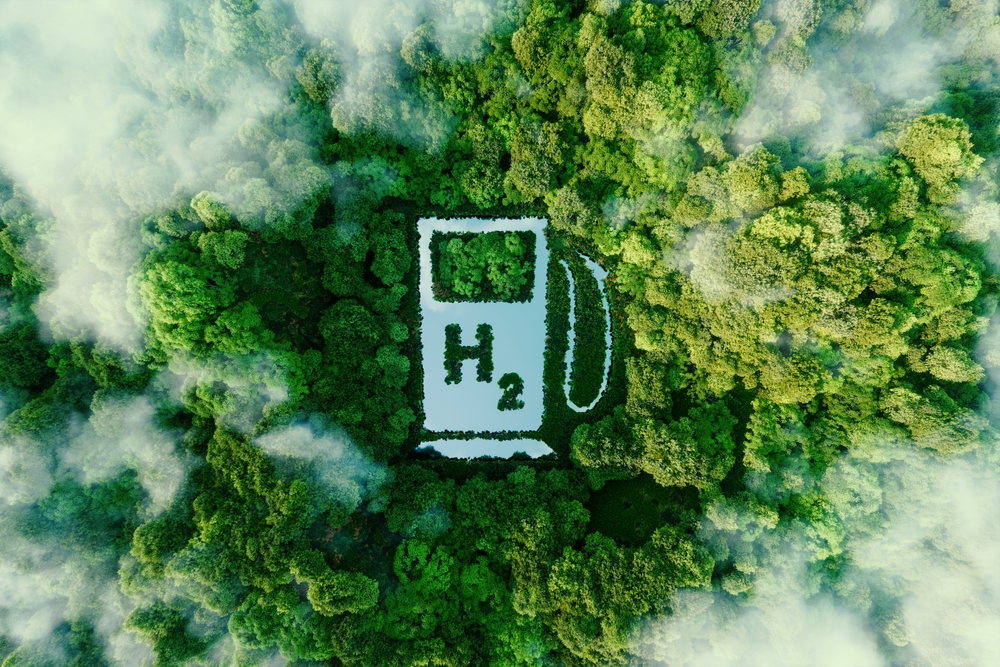Pushing Boundaries: The Emergence of Hydrogen Fuel Cells in the Automotive Industry
The world of automobiles is driving towards a future fueled by alternative energy. One technology that stands out is hydrogen fuel cells, an innovation with immense potential and equally daunting challenges. Let's embark on a journey to understand its origins, current trends, and the impact this revolutionary technology may have on our driving future.

A Leap into the Past: The Genesis of Hydrogen Fuel Cells
The concept of hydrogen fuel cells isn’t as recent as many might imagine. The technology traces its roots back to the early 19th century when British scientist Sir William Robert Grove developed the first fuel cell. It was a simple device that combined hydrogen and oxygen to generate electricity, creating water as a byproduct.
However, it was only in the 1960s that this technology found its first practical application. NASA used hydrogen fuel cells to power the electrical systems of the Gemini and Apollo spacecrafts. This marked a turning point, paving the way for further research and development in the following decades.
The Present Scenario: Hydrogen-Powered Cars on the Rise
In the present day, hydrogen fuel cell technology is gaining traction in the automotive industry. Automakers around the globe are investing heavily in this clean energy source, with companies like Toyota and Hyundai leading the charge.
These hydrogen-powered cars are not only eco-friendly but also deliver high performance. They have a longer range compared to electric vehicles and take less time to refuel. However, the lack of infrastructure and the high cost of producing green hydrogen are currently the major roadblocks to mass adoption.
The Impact: A Cleaner, Greener Tomorrow
The adoption of hydrogen fuel cells in automobiles has the potential to profoundly impact our environment and economy. According to a study by the Hydrogen Council, hydrogen could supply up to 18% of the world’s energy needs by 2050, reducing annual CO2 emissions by roughly six gigatons compared to today’s levels.
Moreover, hydrogen fuel cells offer a sustainable solution to the energy crisis. Unlike fossil fuels, hydrogen is abundant and can be produced domestically from a variety of resources, reducing our dependence on foreign oil.
However, there are also challenges to overcome. The high cost of fuel cell production and a lack of refueling infrastructure are significant barriers. Further research is needed to make this technology economically viable and accessible.
Looking Ahead: The Future of Hydrogen Fuel Cells
The future of hydrogen fuel cells in the automotive industry looks promising. As research and development efforts continue, costs are expected to decrease, making hydrogen cars a more affordable option for consumers.
Moreover, governments worldwide are recognizing the potential of this clean energy source and are investing in infrastructure development. For example, Japan aims to have 800,000 fuel cell vehicles and 900 hydrogen refueling stations by 2030.
Hydrogen fuel cells have the potential to revolutionize the automotive industry, providing a clean, efficient, and sustainable alternative to fossil fuels. While challenges remain, the journey towards a hydrogen-powered future is well underway, promising a greener and more sustainable driving experience.




